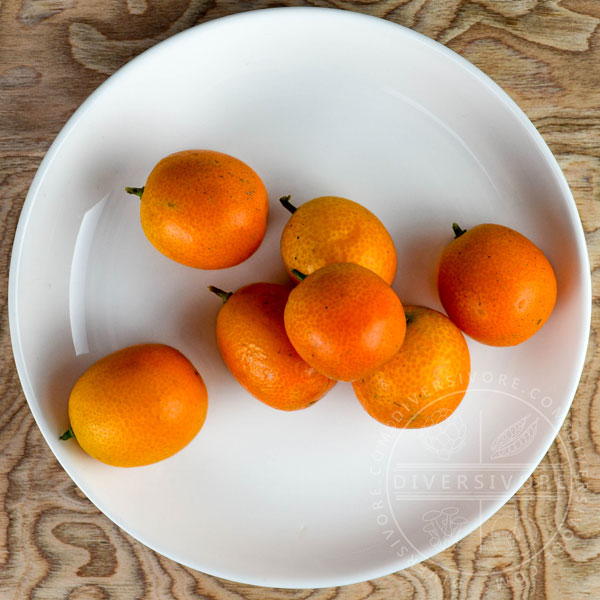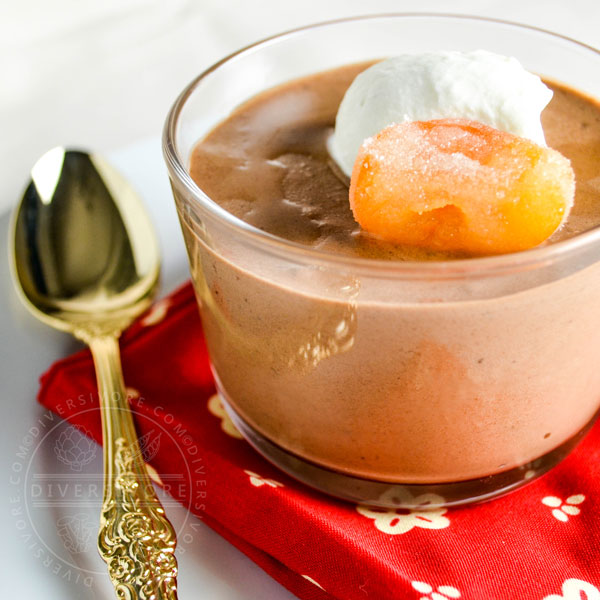How to Find, Choose, & Use
Kumquats

Share this Guide
The Basics
What Is It?
The sweet/sour fruit of a specific citrus species (family Rutaceae) native to south Asia and the Asian Pacific. Unlike most other citrus, kumquats are consumed whole.
Seasonality
WINTER
Flavour Profile
Sweet/sour, highly fragrant, orange-like
Other Names
Latin - Fortunella japonica
English - cumquat (Australia)
Japanese 金柑 - kinkan
Chinese - 金橘 - jīn jú (Mandarin), gām-gwāt (Cantonese)
Kumquat FAQs
Are Kumquats Sour?
Somewhat. Good kumquats should have a nice balance of sweet and sour. Depending on where you live, you might find that commercially available kumquats are often a little more on the sour side.
How Do You Eat a Kumquat?
Just pop it in your mouth! They're meant to be eaten whole. If you're cooking with them you might slice them and/or seed them.
Do You Have to Peel Kumquats?
No! Unique among citrus, kumquats are eaten whole. The seeds can be eaten, though some prefer to spit them out.
How-To
Find
Conventional and Asian grocery stores, fruit markets, and directly from growers
Choose
Bright orange (generally - see more detail below), fragrant, relatively firm, small fruits (about the size of a large green olive) with a fragrant peel. Fruits may be round or oval.
Prep
Difficulty: Low to Moderate - Often eaten raw and out-of-hand. Seeding the fruits can be very time-consuming, though not inherently difficult.
Use
The whole fruit is frequently eaten raw, though it is also wonderful cooked, candied, or used in desserts and baked goods. Much of the flavour comes from the rind - the flesh itself often has little or no juice. The seeds are high in pectin and can be useful for helping to set marmalades and other preserves.
Store
Ripen: Room Temperature
Short Term: Refrigerate
Culinary Info
Flavour Profile
Sweet/Sour; Orange-like and aromatic with a sweet rind and relatively sour flesh.
Substitutions
Calamondins/calamansis make a good substitute, though the rind tends to be thicker. A mixture of orange, lemon, and lime juice can sometimes work (see "Need More Detail?" below).
Cuisines
Important as a table-fruit in Asia, and in Asian and European preserves (e.g. marmalade) and desserts.
Flavour Pairings
Savory: Rich, fatty meats (e.g. duck), slightly bitter vegetables (especially greens)
Sweet: Chocolate, coffee, nuts, alcohol (whisky and brandy), vanillaVarieties
Round (Marumi), Meiwa, Oval (Nagami), Jiangsu (Fukushu), Nordmann & other seedless varieties (all fairly interchangeable in terms of flavour). See "Need More Detail" for kumquat hybrids.
More Info
Nutrition
Extremely high in Vitamin C.Nutrition FactsKumquats - 100 g (3.5 oz)Amount Per ServingCalories 71 Calories from Fat 9% Daily Value*Fat 1g2%Saturated Fat 0.1g1%Polyunsaturated Fat 0.2gMonounsaturated Fat 0.2gSodium 10mg0%Potassium 186mg5%Carbohydrates 16g5%Fiber 7g29%Sugar 9g10%Protein 2g4%Vitamin A 300IU6%Vitamin C 60.2mg73%Calcium 60mg6%Iron 0.9mg5%* Percent Daily Values are based on a 2000 calorie diet.Top-To-Tail
The fruit is entirely edible or usable, including the skin (zest and pith), flesh/juice, and seeds.
GMO Status
Non-GMO
Health & Science
As with grapefruit (and many other citrus), kumquats may interact with certain classes of drugs (see below for more information).
Organic vs. Conventional
Both organic and conventionally grown kumquats are sold, though availability may be limited.
Share this Guide



